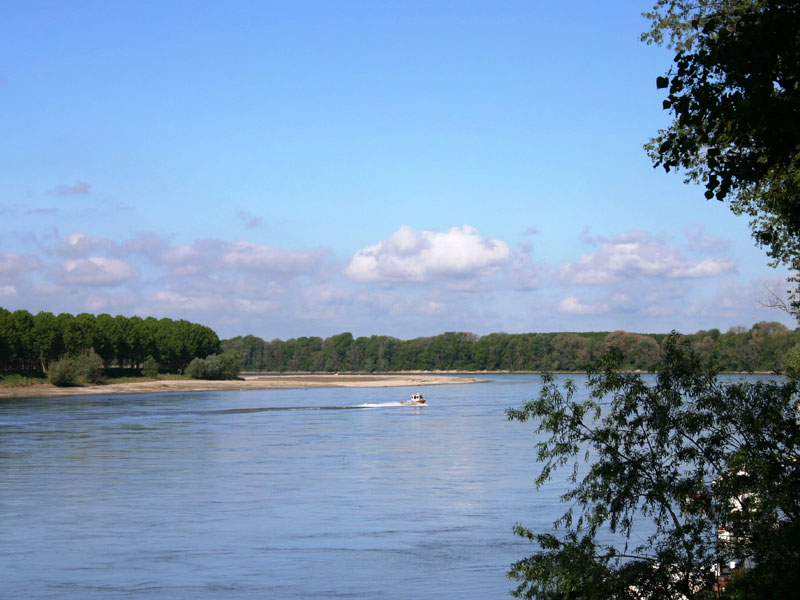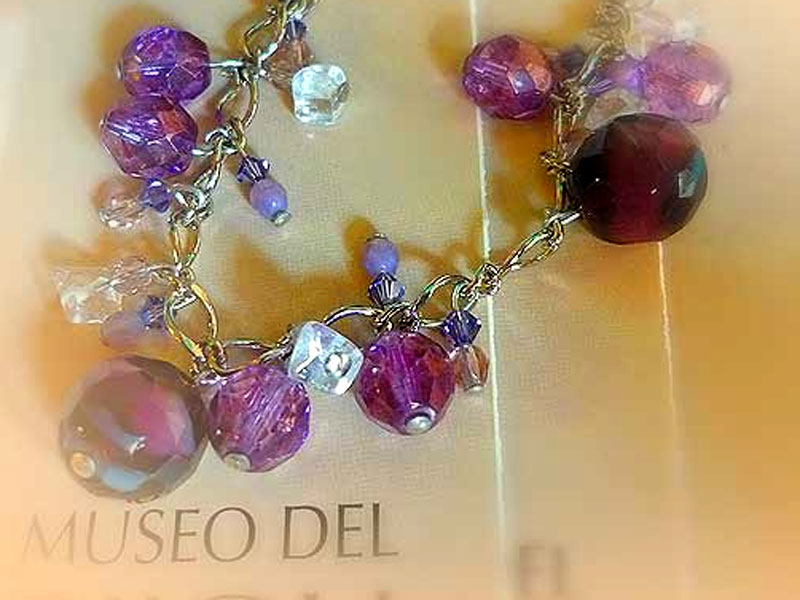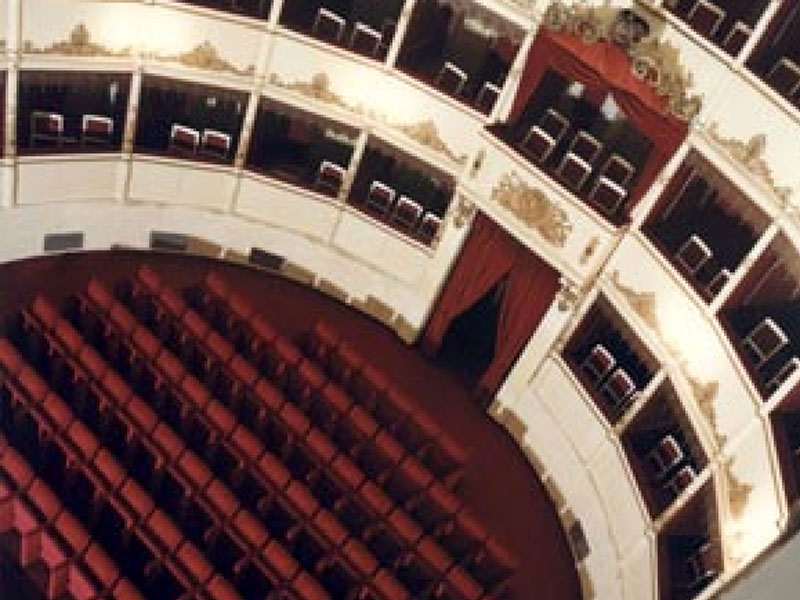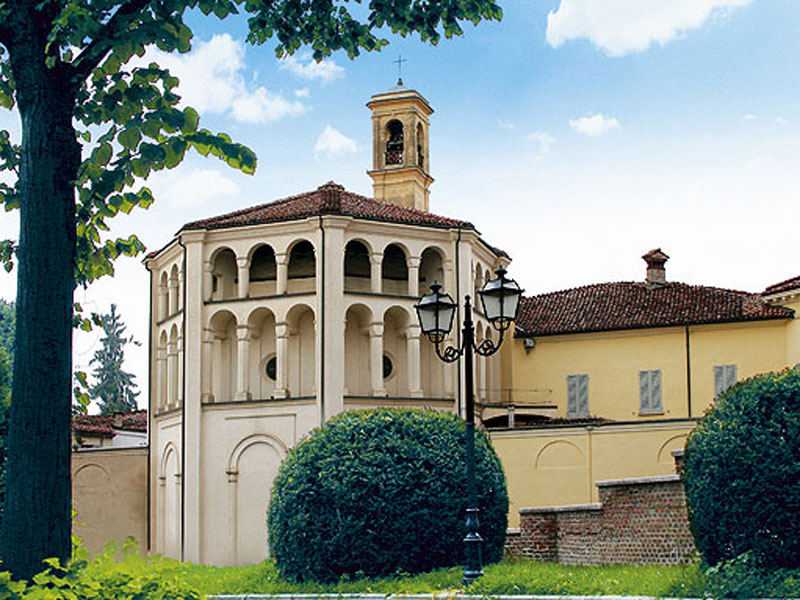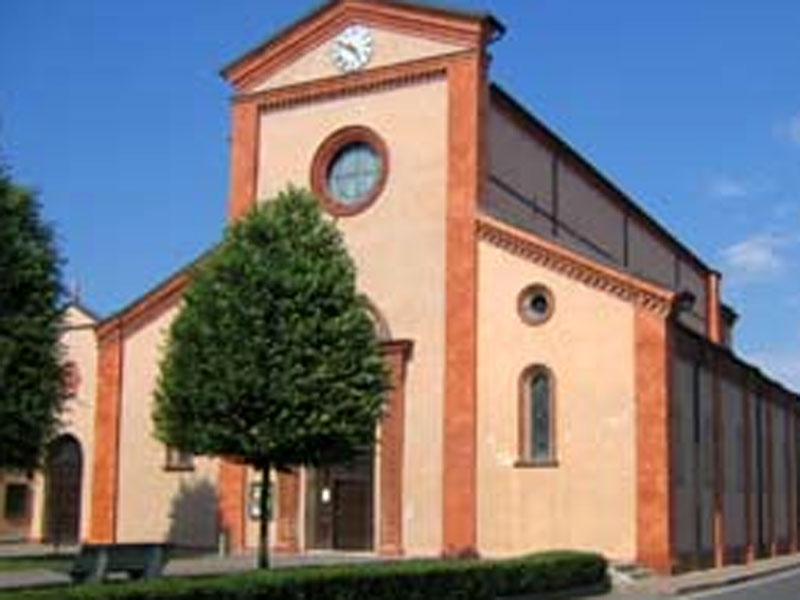Points of Interest
History and Major Monuments of the Town of Casalmaggiore
The origins of the town of Casalmaggiore are not clear yet. The discovery of "Stazione Enea" in 1970 at Fontana Sanctuary, together with the finds discovered in Fossacaprara country hamlet confirm the presence of settlements since the Bronze Age. The first written document mentioning Casalmaggiore is an inscription found under an image of the Blessed Virgin in San Giovanni Battista Church (found in a temple of the current Isolabella area). Around the year 1000, Casalmaggiore was a fortified castle under the rule of Estensi, and the solitary fortress of via Vaghi is an evidence. Under the Venetian rule, in the 15th century, Casalmaggiore had the jurisdiction "on the men and towns" of Rivarolo Intus, Villanova, Gambalone, Camminata, Cappella di Staurci, Quattrocase, Casalbellotto, Roncadello, Staffolo, Fossacaprara, Vicomoscano, Motta dei Maltraversi, corresponding in outline to the current country hamlets.
During the Venetian rule, Casalmaggiore reasserted its commercial vocation thanks to its geographical position. Because of this strategic position, in the 16th century many powerful people set their eyes on the town: among them, the Duke of Milan and the Marquis of Mantua, as well as the French and Spanish troops. In the late 17th century, the idea to create the signiory of Casalmaggiore took shape. In 1754, Maria Theresa of Austria gave to Casalmaggiore the qualification of "città" (city) and, in the following years, the local community welcomed the Emperor of Austria Joseph II.
In the 18th century, the province of Casalmaggiore took shape: it included the areas of the current Oglio-Po territory. After the Napoleonic and Habsburg rules, there was the Italian Unification. In 1862, Giuseppe Garibaldi visited Casalmaggiore. In the 20th century, Casalmaggiore experienced the "short century" among wars, dictatorships, political and economic recovery.
Next to the town, the river Po, one of its symbols and faithful partners, but also terrible enemy with the floods of 1951, 1994, 2000.
Piazza Garibaldi
Planned in the 17th century, it was originally a hard square. In 1813, thanks to the legacy of the noble Leopoldo Molossi, it was paved and acquired the current aspect. Moreover, such legacy enabled the reconstruction of the Town Hall Palace. The square is surrounded by the former Marcheselli Palace and the former Santa Croce Church now used as Auditorium and housing several events, including exhibits and concerts. The hall belongs to the structure of the Barnabites (18th century), renovated in 1996 and now housing the Town Library "A.E.Mortara", accessible from the adjacent Via Marconi, and the Museum of the Bijou.
It is one of the largest town hall squares in Northern Italy. It welcomes various events, from the traditional St Charles and Piazza Spagna fairs, cultural events, and the traditional Saturday street market. From the square of Casalmaggiore the main streets of the town leave: along them, you will meet the most important monuments of the town.
The Museum of the Bijou
A very interesting occasion during your visit to Casalmaggiore is represented by the Museum of the Bijou, a permanent exhibit dedicated the costume jewellery of yesterday, unique and particular, in the former school of the Barnabites. It was opened in 1986 and moved to these new premises ten years after. Under the brickwork vaults, scattered in glass display cabinets, thousands of small objects - over 35,000 - witness the evolution of the custom and fashion of over half century: earrings, rings, glasses, bracelets, brooches, popular and religious medal designs, pendants, cigarette-cases, powder compacts, party badges, and working tools. The fine workmanship, the great variety of shapes, and the various involved fields transform the visit into a unique opportunity to discover an industrial phenomenon developing between the end of the 19th century to the 1960s. As a matter of fact, Casalmaggiore has been for various decades one of the most important European production centers of costume jewellery serial objects that it exported all over the world. During the visit, it is possible to admire also the photographic documents and the working tools used in the factories. In the Museum of the Bijou there is an annexed didactic workshop equipped with tools for the fusion of metals, welding, and gilding. For schools, but not only, an occasion giving the opportunity to personally shape pieces of costume jewellery.
Municipal Theater
The works for the Theater started in 1782 thanks to the funds earmarked by a group of 12 wealthy citizens, a common origin to most of the big municipal theaters in Italy. Andrea Mones, the architect planning the building, decorated the ceiling of the stalls. In 1783 the building was ready and the theater was inaugurated. Afterwards, the so-called "Fastassa" was added: it is a large hall used as dancing hall and for events. Time, abandonment, and deterioration would have ruined this monument. It was opened again in 1989, after long and careful renovation works.
Estense Tower
The walls defending the town were pulled down between the 16th and 17th century. Only the Tower remains today of the ancient military fortress. It represented the gateway and the nucleus of the castle, housing the local garrison. During the 18th and 19th century, it was used as a prison.
Santo Stefano Cathedral
The church obtained the abbatial benefices and dignity by Pope Pius VII and the Emperor Francis II of Austria gave to the archpriest abbot bishop the decoration of St Stephen's Cross. The works started in 1840 thanks to the allowance of 100,000 liras by the noble Giovanni Vicenza Ponzone. It was planned by the architect Fermo Zuccari together with the bell tower. The latter was built only later, between 1897 and 1899, thanks to Bianca Contesini's legacy.
The building was finished in 1846 with the closure of the dome. The Cathedral was consecrated and opened in 1861. It has a Greek-cross plan, divided in four pillars and a nave and two aisles with apsidal choir and lateral chapels. A high arched Pronaos works as vestibule. The dome is 60m high and is supported by a 16-arch drum. It preserves two monuments by Pietro Civeri dating back to 1874 celebrating Giovanni Vicenza Ponzone and Luigi Chiozzi, the main donors.
In the choir altarpiece there is a painting ordered by the local people to G.Diotti in 1811, after that "Madonna con i Santi Stefano e Giovanni Battista" by Parmigianino was moved to the collection of the Duke of Modena Francis I and was replaced with an 18th century copy of Ghislina, situated now in the Presbytery. Among the other paintings, "Le quattro Virtù Cardinali", ascribed to Guglielmo Caccia (Moncalvo), "L'ultima cena" and "S.Pietro in carcere" by G.B. Trotti (Malosso), "Gesù nell'orto" by G. Cavassetti, and "L'adorazione dei Magi" by C. Agosta are worth a mention.
At the entrance of the Presbytery there are plaster statues made by G.Albertelli in 1771 representing the Saints Peter and Paul. The niches preserve statues of 28 Saints in white stone from Vicenza, created in 1930 by Adriano and Pierino Ferraroni. The decoration of the apsidal conch representing St Stephen's martyrodom by Pietro Verzetti is coeval. The ancient abbot's house with the oratory is annexed to the Cathedral and preserves frescoes dating back to the 18th century. It houses an archive and a library very rich in documents.
S. Chiara Monastery
Near the Cathedral, there is Santa Chiara Monastery, founded in 1504 and enlarged in the 18th century. It houses today Santa Chiara Post-University Institute. The building is characterized by the octagonal plan with double gallery of the church, consecrated in 1531. Annexed to this building, which was the public church, there is a communicating building, rectangular and with barrel vaults, which was the church of the monastery. Here it is possible to admire interesting frescoes belonging to chronologically different cycles and partly overlapping.
Diotti Museum
Diotti Museum is mainly dedicated to the 19th century, because it was necessary to enhance one of the most fertile cultural moments of the local history and there was the opportunity to recover Giuseppe Diotti's house (1779-1846), an ancient palace renovated in 1837 by the architect Fermo Zuccari for the master of Accademia Carrara of Bergamo, who spent here his last years of life. The building used to house his art collection and became the atelier for his last work, the giant version of "Giuramento di Pontida", and became a sort of private academy attended by local painters.
Diotti Museum is also a museum of art didactics: the "didactic vocation" of the palace, whose original art collection (today dispersed) was opened for the first time to the public by the heirs of the painter in 1865, represents the thread of the museum project by prof. Valter Rosa, suggesting a chronological route aiming at highlighting some aspects of Giuseppe Diotti's education and working method. Next to a nucleus of paintings, compared with studies and sketches, didactic material like plaster casts and prints has been added. This has been favored by the fact that in Casalmaggiore there is a considerable didactic-artistic heritage linked to the presence of a drawing school for almost two centuries.
The image of the atelier and the working method of the artist will be the main themes also of the other sections of the Museum: the Modern Art Gallery housing the works of the most important local artists (Tommaso Aroldi, Goliardo Padova, Mario Beltrami, Gianfranco Manara, Tino Aroldi) mainly focusing on landscape painting and the Documentation Center dedicated to the creation of a database on the activity of the artists, not only local, operating in the territory in the latest two centuries, to the conservation of the material of the ateliers (tools and instruments, sketches and notes, books, prints, photos, etc.). It also houses a specialized library and a section of sacred art with sketches and other material documenting the decoration activity in the local churches around the half of the 20th century.
Moreover, Diotti Museum not only preserves documents of the "local school", but also works of other authors (among the others, Paolo Troubetzkoy and Amedeo Bocchi), whose presence in the municipal collections is linked to the local collecting activity of the 19th and the early 20th century.
Madonna della Fontana Sanctuary - Parmigianino's Grave
The Blessed Virgin of the Fountain Sanctuary was built by the Capuchin Friars in 1463 in the place where a miraculous spring used to be (now in the crypt, with 15th century fresco of the Virgin). The building is characterized by a late Gothic style, with a nave and two aisles with barrel vaults and three polygonal apses. The raised presbytery preserves a crypt with, in the middle, the miraculous well and, on the wall, a 15th century fresco representing the Virgin. Inside the Sanctuary there are 15th-16th century frescoes of the Cremonese school and 17th century scagliola frontals. The Sanctuary is famous because it houses the grave of the painter Francesco Mazzola, known as "Il Parmigianino". As a matter of fact, after escaping from Parma because victim of persecution, he died on 24th August 1540 in Casalmaggiore. He wanted to be buried in the Sanctuary.


